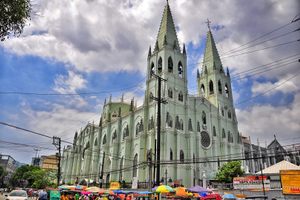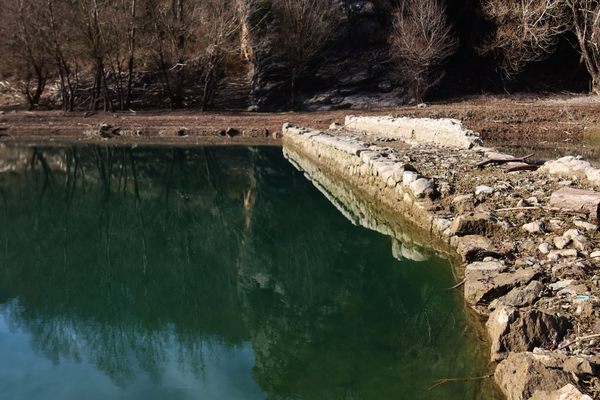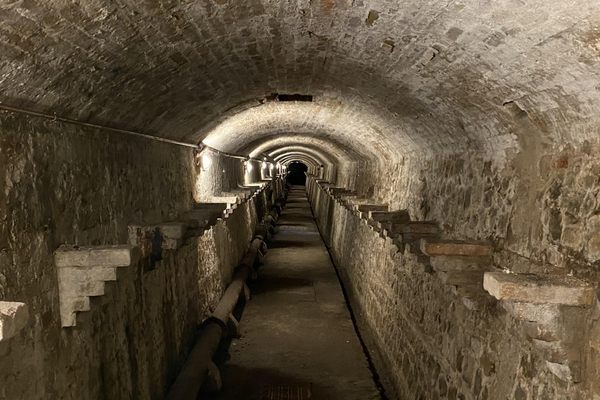About
Underneath a battle shrine where Filipinos took a stand against Spanish colonial rule lies one of the largest underground reservoirs in the world. Made of volcanic tuff, the underground reservoir held water carried over the waterworks system from the Marikina River before being distributed to various fountains and hydrants in Manila. It was part of the larger Carriedo waterworks designed by Genaro Palacios and built from 1878 to 1882. The infrastructure project was named after Francisco Carriedo y Peredo, a Spanish official who bequeathed a grant to the City of Manila in 1733 to build a water system to support the city's burgeoning population of 300,000 people.
When El Deposito was still functioning, it had a capacity of 56,000 cubic meters. Ventilation shafts kept the water fresh and free from contamination. The reservoir is located under the hill, its vast central channel connects to 25 smaller chambers, each measuring five meters high and three meters wide. As part of the Carriedo Waterworks, the reservoir also supplied various hydrants and fountains in Manila. Five kilometers of cast iron pipes transport water from the Marikina River.
The reservoir played a critical role in various chapters of the country's history including the Battle of San Juan del Monte on August 30, 1896, which has been touted as the first battle of the Philippine Revolution.
El Deposito was also used as an armory during American and Japanese rule, a sanatorium for tuberculosis patients, an armory, and a firing range. It was chosen as the site of a national shrine inaugurated in 1973.
Over time El Deposito has fallen into decay. In 2016, an archaeological team conducted an assessment and excavation and two years later the National Historical Commission of the Philippines began cleaning up the site. The initial opening for 2020 was derailed by the COVID-19 pandemic, but it finally opened to the public on November 30, 2023.
Related Tags
Know Before You Go
The reservoir operates in conjunction with the Museo el Deposito and opens from 9 a.m. to 4 p.m. Tuesdays to Sundays.
Hard hats are provided at the entrance.
Entry is free of charge.
Community Contributors
Added By
Published
August 21, 2024

























